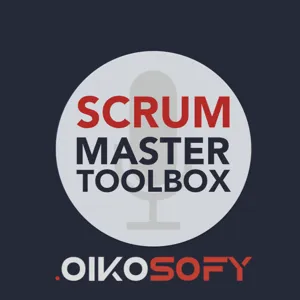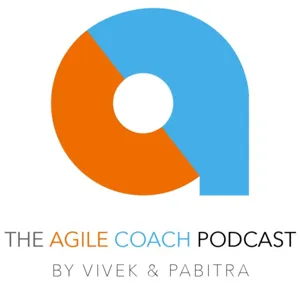Introducing Estimation Consistency To An Agile Team With The Help Of Cycle Time Metrics | Josh Lambert

Josh Lambert: Introducing Estimation Consistency To An Agile Team With The Help Of Cycle Time Metrics
Read the full Show Notes and search through the world’s largest audio library on Scrum directly on the Scrum Master Toolbox Podcast website: http://bit.ly/SMTP_ShowNotes.
In this episode, Josh shares his experience initiating change within a high-performing team. Silent observations revealed inconsistent cycle times and unstable story points. Recognizing a lack of focus and attention during story sizing, he implemented an internal sprint review and emphasized the impact on the Product Owner's decisions. Collaborating with the PO, a shared message strengthened planning consistency. Eventually, the team achieved shorter cycle times, and addressed bottleneck issues.
[IMAGE HERE] As Scrum Master we work with change continuously! Do you have your own change framework that provides the guidance, and queues you need when working with change? The Lean Change Management framework is a fully defined, lean-startup inspired change framework that can be used as the backbone of any change process! You can buy Lean Change Management the book at Amazon. Also available in French, Spanish, German and Portuguese.
About Josh Lambert
Josh is an Agile Coach at a financial institution. He has been through a few different Agile Transformations. And became a Scrum Master in one of the early transformations and loved the role where where he stayed for 6 years, after which he transitioned into an Agile Coach.
You can link with Josh Lambert on LinkedIn.



